
Originally built in 1917, the Strode Building has been a cornerstone of Lincoln’s automotive history for over a century. Situated along the historic Detroit-Lincoln-Denver Highway, it played a key role in the early automobile industry, housing various automotive companies that contributed to the city’s economic growth.
Among the brands sold in the building was Willys-Knight, a luxury automobile produced between 1914 and 1933 by the Willys-Overland Company of Toledo, Ohio. Known for its innovative sleeve-valve engine and smooth performance, Willys-Knight reflected the industry’s rapid advancements—making the Strode Building an essential hub for automotive commerce in Lincoln.
Over the years, the building became home to multiple businesses, including Economy and Performance Auto Services, which operated until November. As the automotive industry evolved, the Strode Building remained a symbol of innovation and resilience.
Recognizing its historical significance, the Lincoln/Lancaster County Planning Commission designated the structure as a local landmark, ensuring its preservation for future generations. Jeff Koepke and Eric Clark, the building’s co-owners, spearheaded the effort in 2019 to restore and repurpose the space, embracing its rich past while adapting it for modern living.
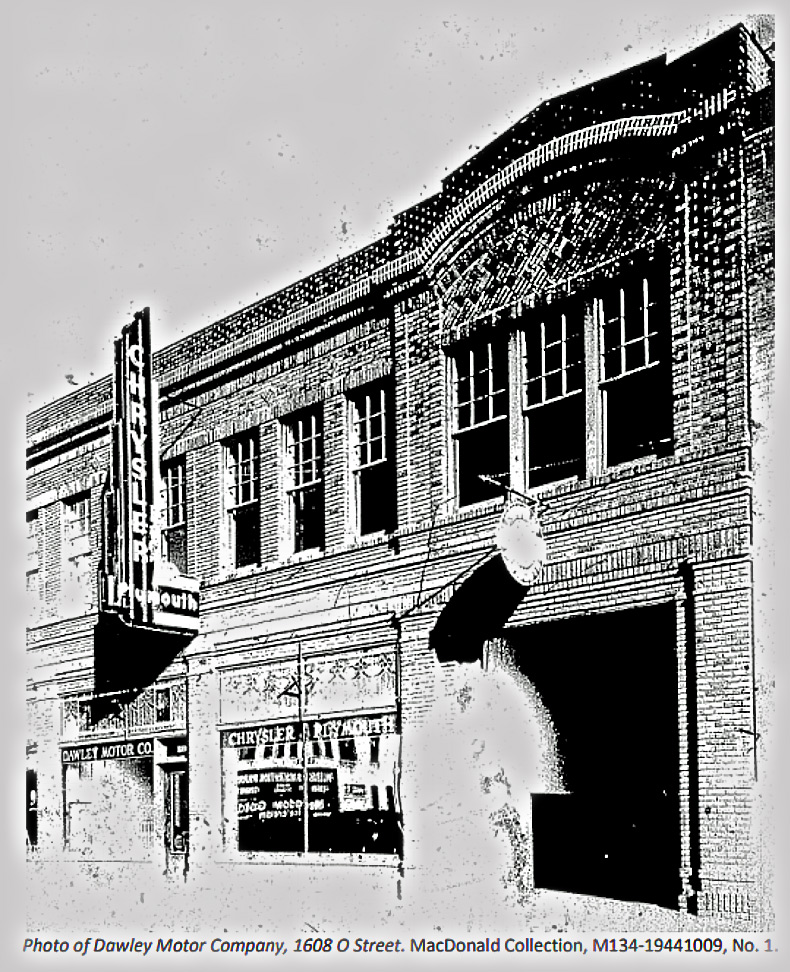
Key Historical Milestones
- 1913: John North Willys acquired the Edwards Motor Car Company (New York) and moved operations to Elyria, Ohio, incorporating Knight sleeve valve technology.
- 1914: The first Willys-Knight vehicle was introduced with a 4.5-liter, 4-cylinder sleeve valve engine.
- 1915–1930s: Production moved to Toledo, Ohio, while engines continued to be manufactured in Elyria.
- 1917–1919: Willys-Knight briefly produced a sleeve-valve V8 model.
- 1920s Peak: The company maintained an average annual production of 50,000 vehicles post-1922 and acquired Stearns-Knight of Cleveland, a luxury marque using sleeve-valve engines.
- 1925–1929: Willys-Knight models expanded to a variety of 4-, 6-, and 8-cylinder vehicles, focusing on mid-to-high-end market segments.
- 1933: Production ceased due to economic downturns and corporate reorganization during the Great Depression, restricting the company’s focus to the more affordable Willys 77.
1600 O Street
- Nebraska/Lincoln Oldsmobile Co. (1918-1921)
- Sutter Automobile Sales & Service Co. (1920)
- Lincoln Overland Co. (1927)
- Murphy Motors (1929-1930)
- The Circus miniature golf (1931)
- King Motors Inc. (1932-1938)
- Western Auto Stores (1940- >1960)
1608 O Street
- Liberty Sales Co. (1918-1921)
- Kimball Motor Car Co. (1921-1924)
- Logan-Jones Motors (1925)
- Lincoln Overland Co. (1927-1928)
- King Motors Inc. (1929-1931)
- Mac’s Service Stations (1932)
- Nash Co. (1935-1940)
- Capital Auto Livery Co. (1942)
- Dawley Motor Co. (1945-1958)
- Schulz Motor Sales Inc. (1959- >1960)
Technical Hightlights
- Engine types: 4-, 6-, and briefly 8-cylinder sleeve-valve engines.
- Advantages: Quieter operation, minimal valve noise, reduced spring wear, smooth power delivery.
- Popularity: Sold almost 500,000 vehicles over the company’s lifespan.
- Notable Achievements: Seven vehicles, including two large trucks and a touring car, were employed in a photographic safari in remote Africa with Martin and Osa Johnson.
Willys-Knight Dealerships and Car Sales in Lincoln, Nebraska
While specific sales records for Lincoln, Nebraska are limited, Willys-Knight operated urban dealerships during its peak years, consistent with early 20th-century car distribution practices of locating dealerships on main streets rather than suburbs.
Lincoln-Specific Context
- The Strode Building, completed in 1917 in Lincoln, was part of the city’s “Automobile Row”, a district dedicated to car sales and service.
- This building later came to house multiple automotive tenants, including Willys-Knight, demonstrating a presence of the brand in Lincoln.
- The original design included:
- Automotive showroomson the first floor.
- Repair and storage facilities
- The space facilitated both display and service, indicative of early urban auto sales models.
- Over time, the building evolved into mixed-use space (residential and commercial), now recognized as Willys Knight Lofts, preserving the historical name in Lincoln.
Sales Activity
- Like many urban dealerships of the period, Willys-Knight likely catered to wealthier clientele, given the mid-to-high price range of its vehicles ($1,200–$2,500 in the 1920s).
- Exact sales figures for Lincoln are not preserved, but the city’s inclusion on the Automobile Row suggests steady urban distribution in Nebraska during the peak production years.
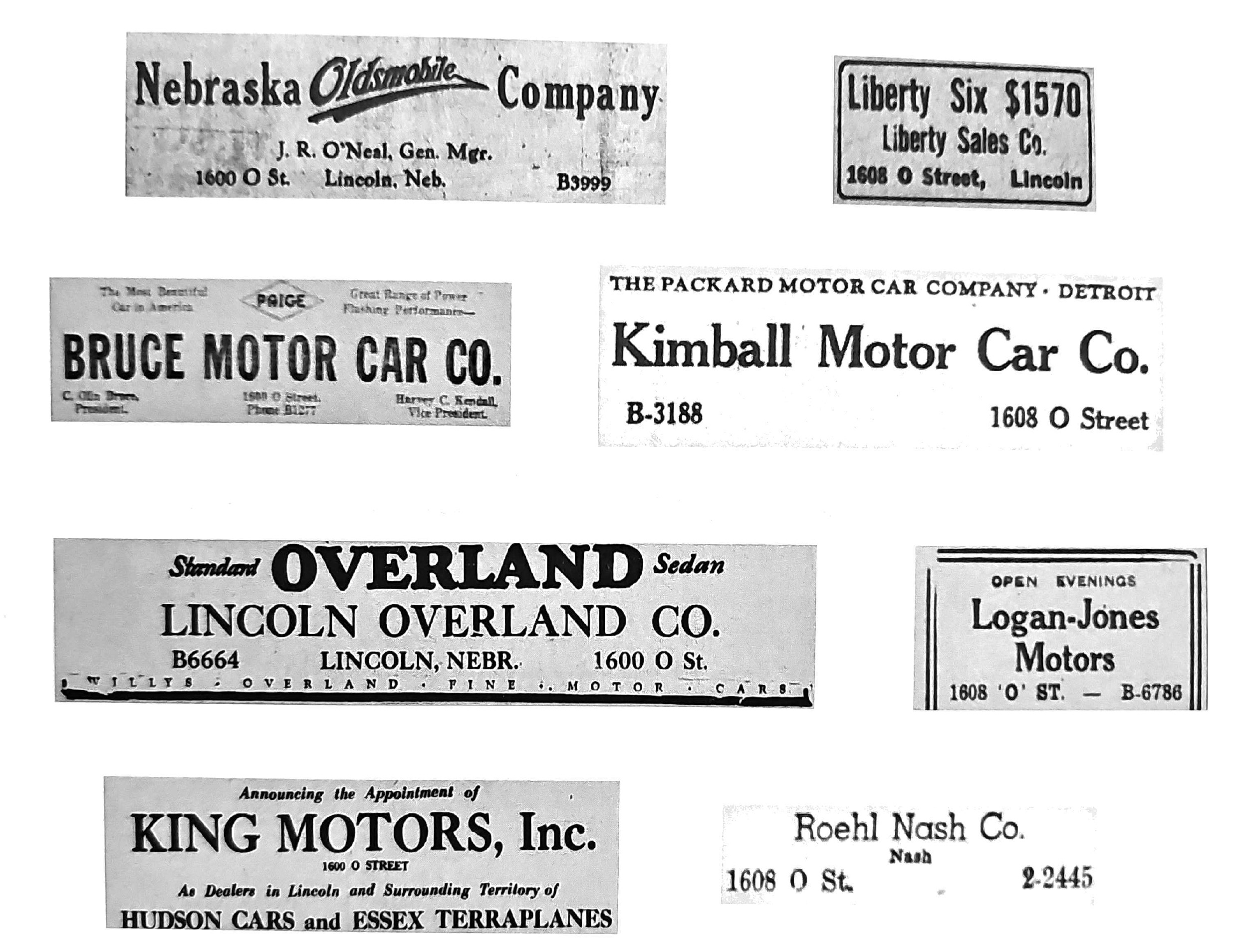
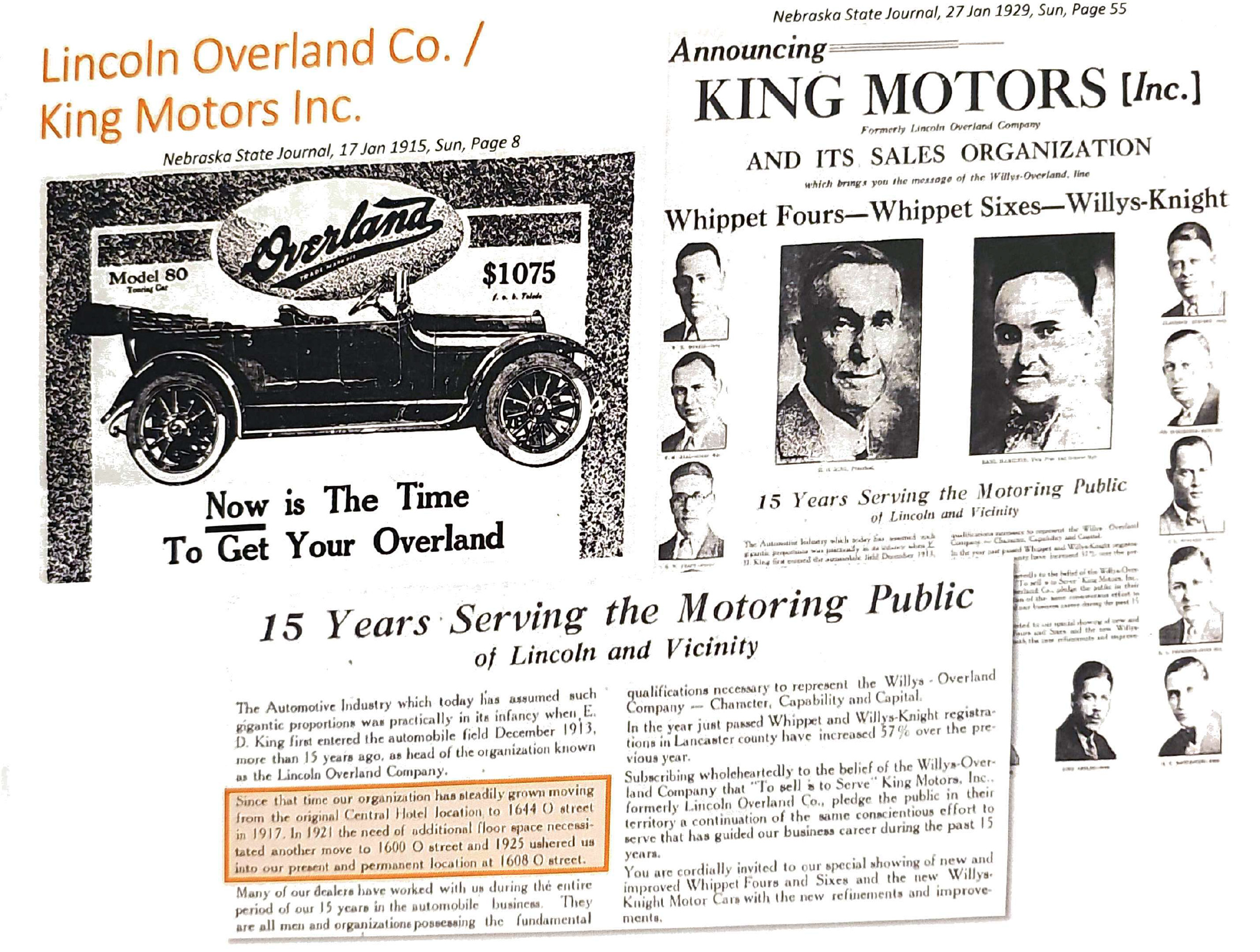
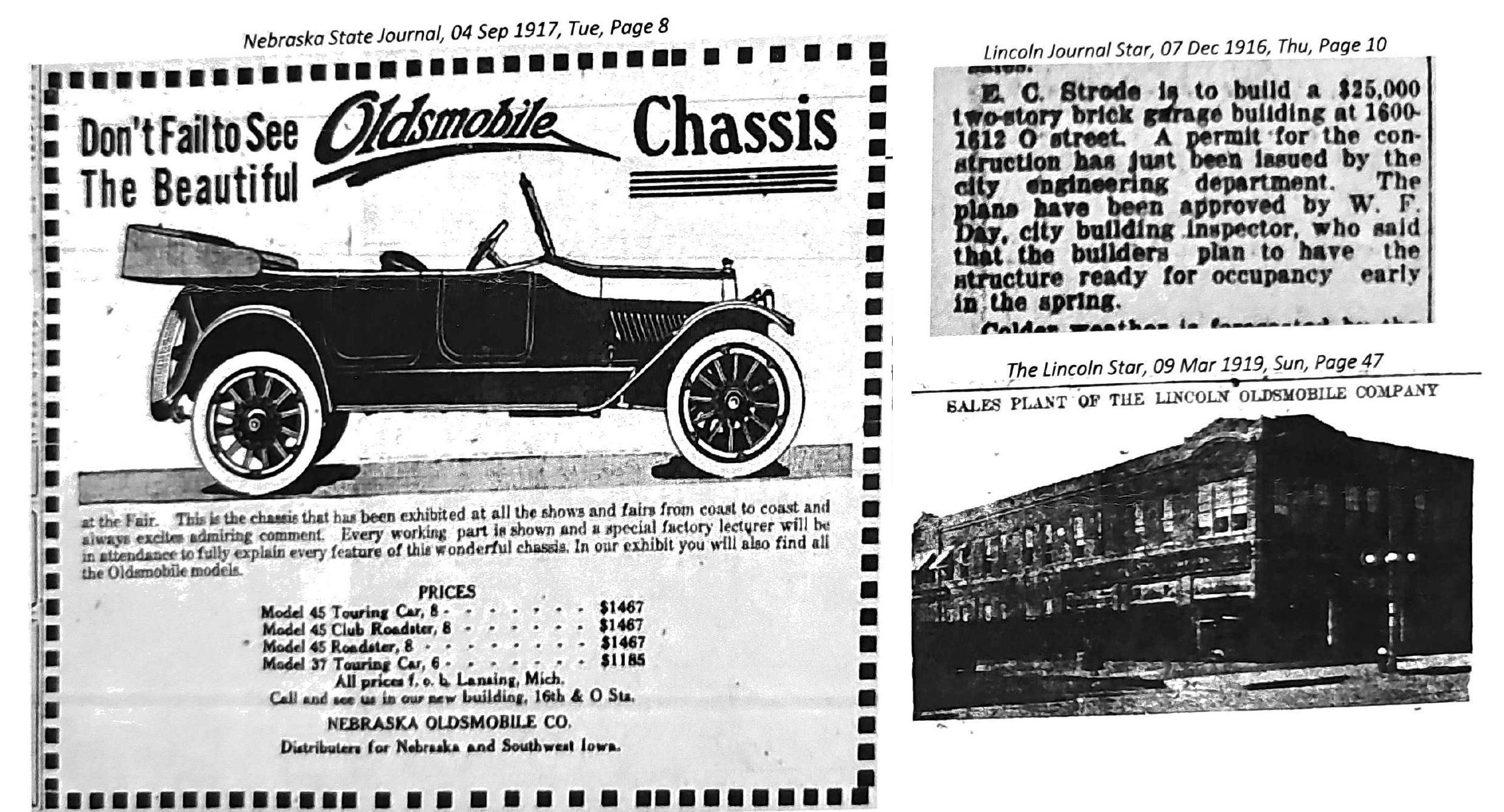
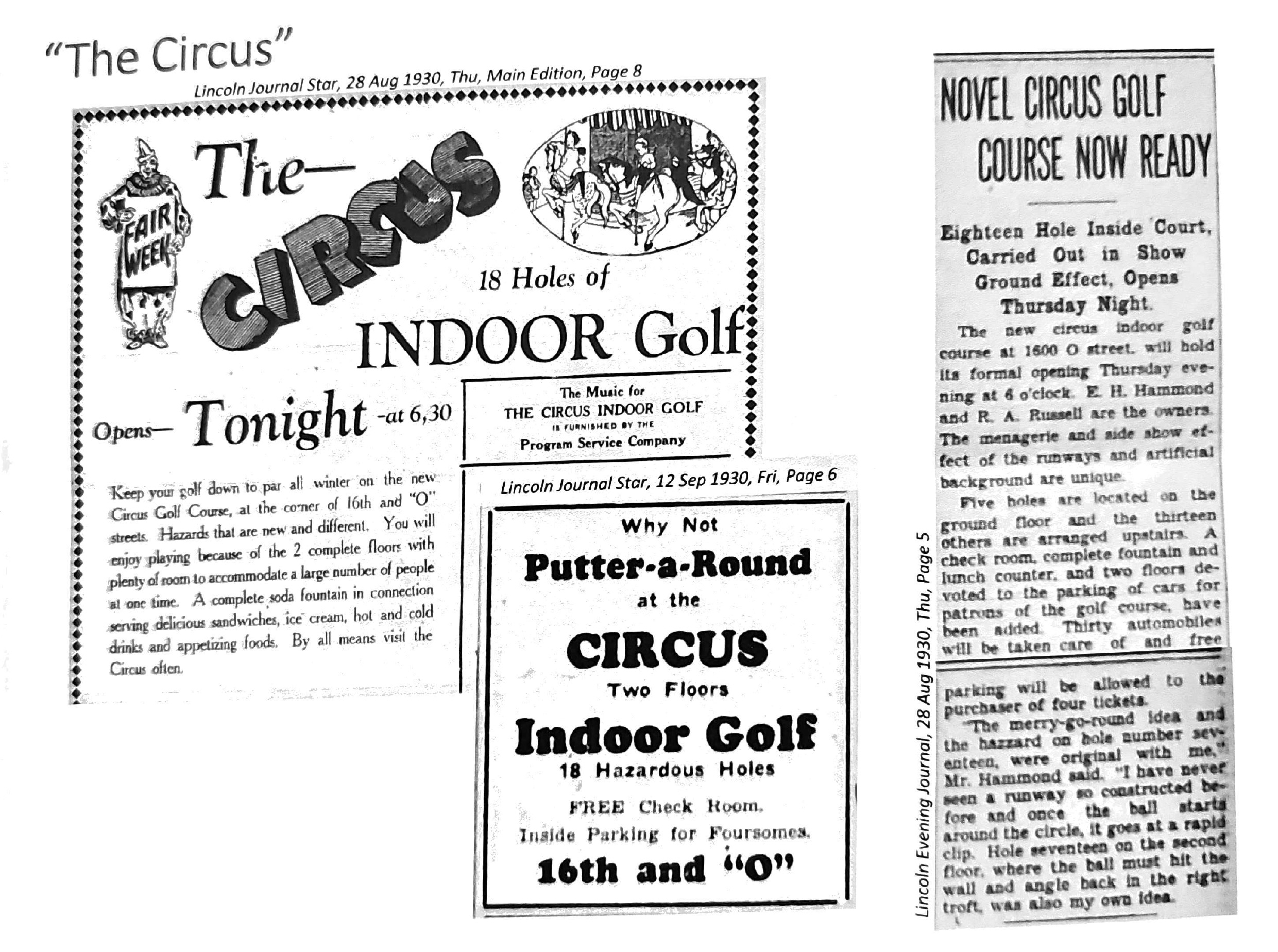
Willys-Knight was a notable early American automotive brand recognized for combating valve noise with its Knight sleeve-valve engine and targeting the upper-medium market. Its presence in Lincoln, Nebraska, while not documented in detailed sales figures, was tangible through urban dealerships such as the Strode Building, which allowed both showroom display and service, reflecting the broader trend of 1910s–1930s city-based car distribution before the suburban dealership model emerged.
References
- Willys-Knight - Wikipedia
- Willys Overland Knight Registry
- Grandpa's Old Car – History of Willys Knight
- Willys Knight Lofts – Shive-Hattery Lincoln, NE
